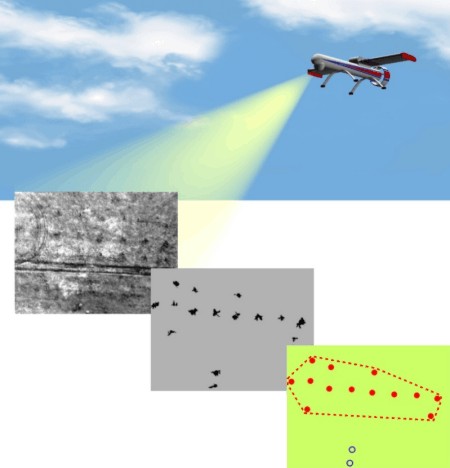
High Paying US Jobs, Economic Empowerment
&
Revitalization of States through Federal Power
"Critical Field" Technology Innovation
&
Maximized Profits on R&D and Investments
Prevention of Biochemical and Nuclear Proliferation
&
Homeland Security Technologies
